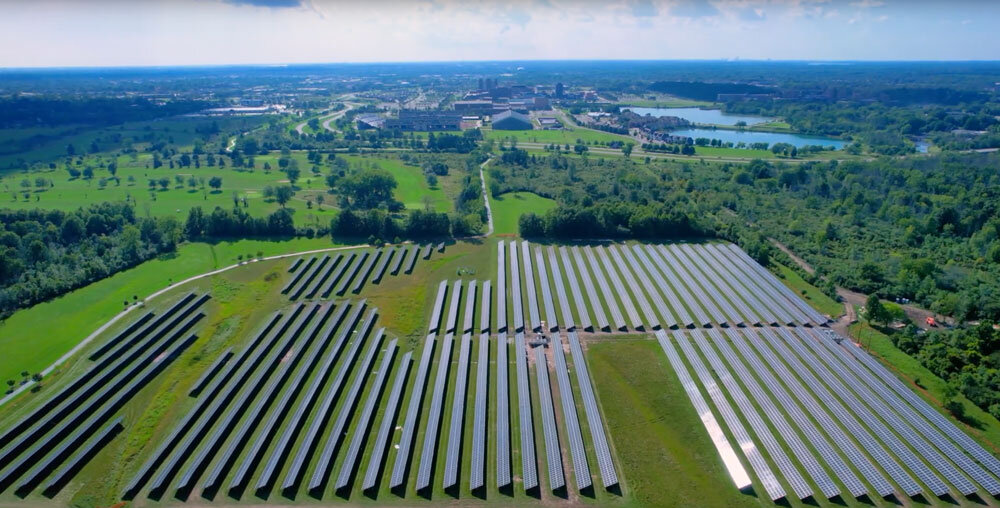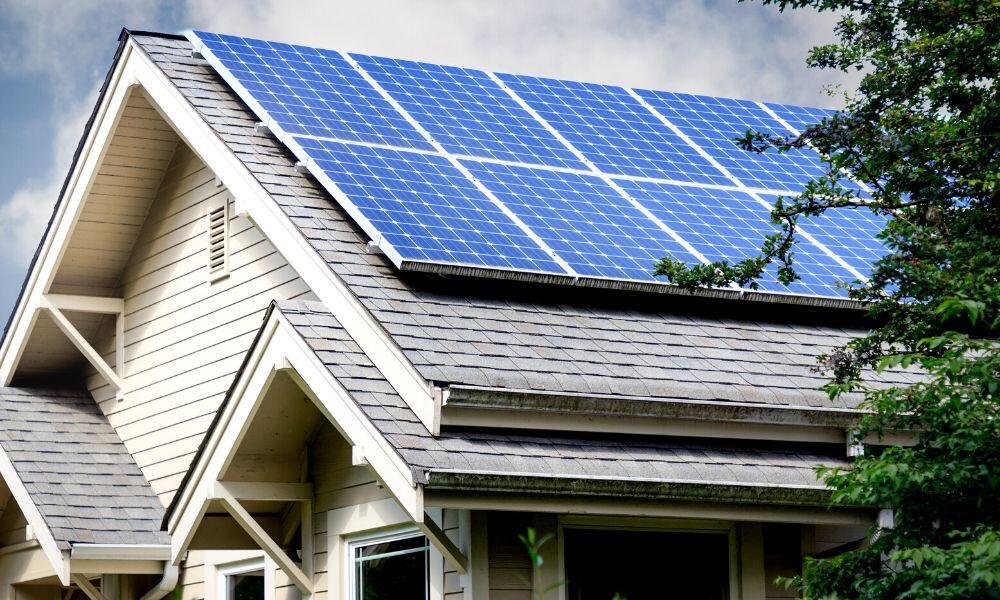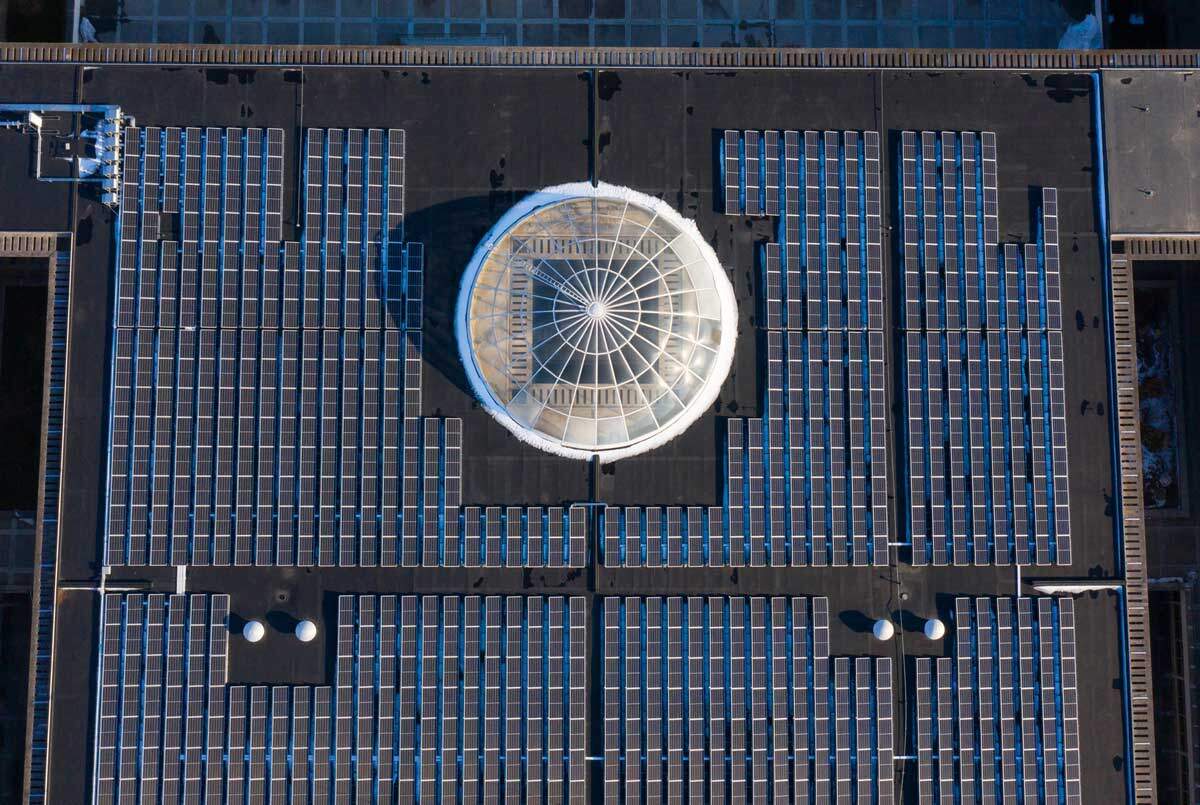Solar Power Gains Momentum
IN NOVEMBER 2009, thousands of e-mails and documents spanning a 13-year period were hacked from the Climatic Research Unit at the University of East Anglia in the United Kingdom. The posting of those e-mails on the Internet, referred to by some as Climategate, has added more fuel to the debate over global warming.Batavia Downs
Whatever one’s stand on climate change and global warming may be, the fact remains that solar power is one of the fastest growing forms of renewable energy. Solar photovoltaic (PV) systems use semi-conducting materials, such as silicon, to absorb photons from the sun and turn them into electrons, effectively converting the sun’s power into electricity with no carbon dioxide emissions in the process.
The horse industry is joining other businesses around the world in turning to photovoltaic technology to create energy and reduce electricity bills.
Solar technology
Manufacturing of PV systems continues to become more efficient, which means the cost of such systems is dropping. Although hardly inexpensive, prices have been reduced dramatically over the last two decades, according to China-based Suntech Power Holdings, one of the world’s largest providers of solar modules.
Essentially, a crystalline PV system is what people are referring to when they talk about “solar panels.” The system utilizes panels mounted on roofs of varying construction or in a ground-mount arrangement.
“Photovoltaic solar panels can be mounted either on rooftops—south, east, or west facing—or mounted on posts as a ground-mounted array,” said Jim Walters, marketing manager at Solar Liberty in Williamsville, New York, one of the largest solar electric integrators in the state. “The panels should be in direct sunlight with no trees or obstructions that could shade the solar cells.”
Another option in some situations is a thin-film PV system, which can be used on certain types of metal roofing in specific applications. The thin-film PV surface is created when a very fine layer of photovoltaic material is applied to a substrate.
Any PV system is comprised of a number of components and requires unobstructed exposure to the sun for the majority of the day.
Racetracks go solar
In late 2009, 4,840 solar panels were installed on the roof of the grandstand at Meydan Racecourse in Dubai, the new home of the Dubai World Cup (UAE-G1) where racing will start on January 28. Suntech Power headed the production and installation of the project. The panels span a surface area of 63,000 square feet, and were integrated into the skin of the cantilevered roof. The solar-energy structure is the biggest of its kind in the United Arab Emirates and features a 750-kilowatt system, making it the largest to be connected to the electric grid at this time.
A monitoring system is in place on the rooftop to measure power output. The solar panels will help meet approximately 20% of the grandstand’s energy needs. In North America, the Standardbred facility Batavia Downs in Batavia, New York, opted to add solar power to help supplement the electric needs of its facility.
A total of 144 PV solar panels were installed on the roof of one barn, and they are expected to generate at least 30,000 kilowatt hours per year.
“We race six months of the year and it costs a lot of money to run the lights with night racing,” said Martin Basinait, president of Western Regional Off-Track Betting Corp., which operates Batavia Downs.
“When we’re racing, our [electric] bill is about $55,000 per month. The [solar-energy system] really works; it’s a good 3% reduction on our power bill. I absolutely encourage other racetracks to do it.”
In eight years, the system is projected to return $250,000 in energy savings for Batavia Downs.
Basinait said the total cost of the project was about $200,000 and noted that the New York State Energy Research and Development Authority funded a significant portion of the expense.
“The program paid at least two-thirds of the total cost, so this gave us a return on investment of only about 31Ú2 years,” he said. “Our actual cost was about $50,000.” Batavia Downs felt the investment was well worth it and plans to put another 144 panels on several other barn roofs if the incentive program is extended.
“We also run the off-track betting business in Western New York and plan to put smaller units on probably a half dozen of our larger OTB parlors,” Basinait said. Installation of the project was handled by Solar Liberty.
“It’s great that high visibility customers like Batavia Downs are realizing the benefits of solar energy,” said Adam Rizzo, president of Solar Liberty, which was recognized as the fifth-fastest growing private company in the U.S. energy sector by Inc. magazine in 2008. “When people see the panels, they’re inspired to think about using solar for their own home and businesses.
“The whole community benefits from the racetrack using renewable energy. Visitors see that solar can be an easy and practical way to do their part in achieving energy independence and a sustainable future.”
According to Solar Liberty, the system at Batavia Downs will reduce its carbon footprint by 573 tons of carbon dioxide over the expected 25-year lifetime.
Thin-film application
Some farm owners with metal barn roofing are opting for a thin-film PV system. Among these is Dr. Anna Marie, who is widely known for her work on The Weather Channel and as host of the nationally syndicated better living show, “Your Life with Dr. Anna Marie.”
After purchasing a 25-acre farm in Marion County, Florida, Marie decided to “greenovate” the inefficient, 3,000-square-foot house and six-stall block barn.
“The goal of this renovation is to educate homeowners that you don’t have to build a brand new home in order for it to be green,” said Marie, who tackled the barn renovation first. “I realized I could create a learning curve for people wanting to learn more about ‘greenovating.’ “
She worked directly with ASI Building Products, a Tampa, Florida-based business with a tradition of being on the cutting edge when it comes to new and innovative exterior building products and technologies in residential construction.
The existing tin roof was replaced with new silver metal roofing complete with thin-film PV that will absorb energy from the sun. Two vertical access wind turbines are also mounted on the peak of the barn roof. Power generated from the thin-film PV surface and wind turbines goes directly to meeting the home’s energy needs. During the hot summer months, these sources will most likely create enough extra power after supplying the home to be sold back to the local utility company.
“At this time, the thin-film PV technology only works on standing seam metal roofing products,” said C. W. “Cookie” Brinkman, vice president of marketing at ASI Building Products.
Cost considerations
Before taking the plunge into solar power, research into a system’s return on investment should be calculated. Cost is job specific and will vary depending on the square footage and system kilowatts.
“When proposing a PV system, we first examine the historical electrical usage of the system,” Walters said. “Then, a site plan is created to see how many panels could potentially fit on usable roof space.
“Considering the power rating of the selected solar panel, the 30-year historical sunlight averages for the local area, and a few other factors, we’re able to create an accurate model of the expected power production over 25 years. Finally, we’ll plot a comparative analysis of a building’s electrical usage and solar production.
“In most cases, the majority of the cost of a PV solar-energy system is covered by state and federal renewable energy incentives. Although the gross cost of solar may seem high, after receiving all grants and tax credits, commercial installations often pay for themselves in five to ten years. After that, the solar electricity is free.”
By Cynthia McFarland, a freelance writer based in Fairfield, Florida.
Reprinted with permission from Thoroughbred Times




